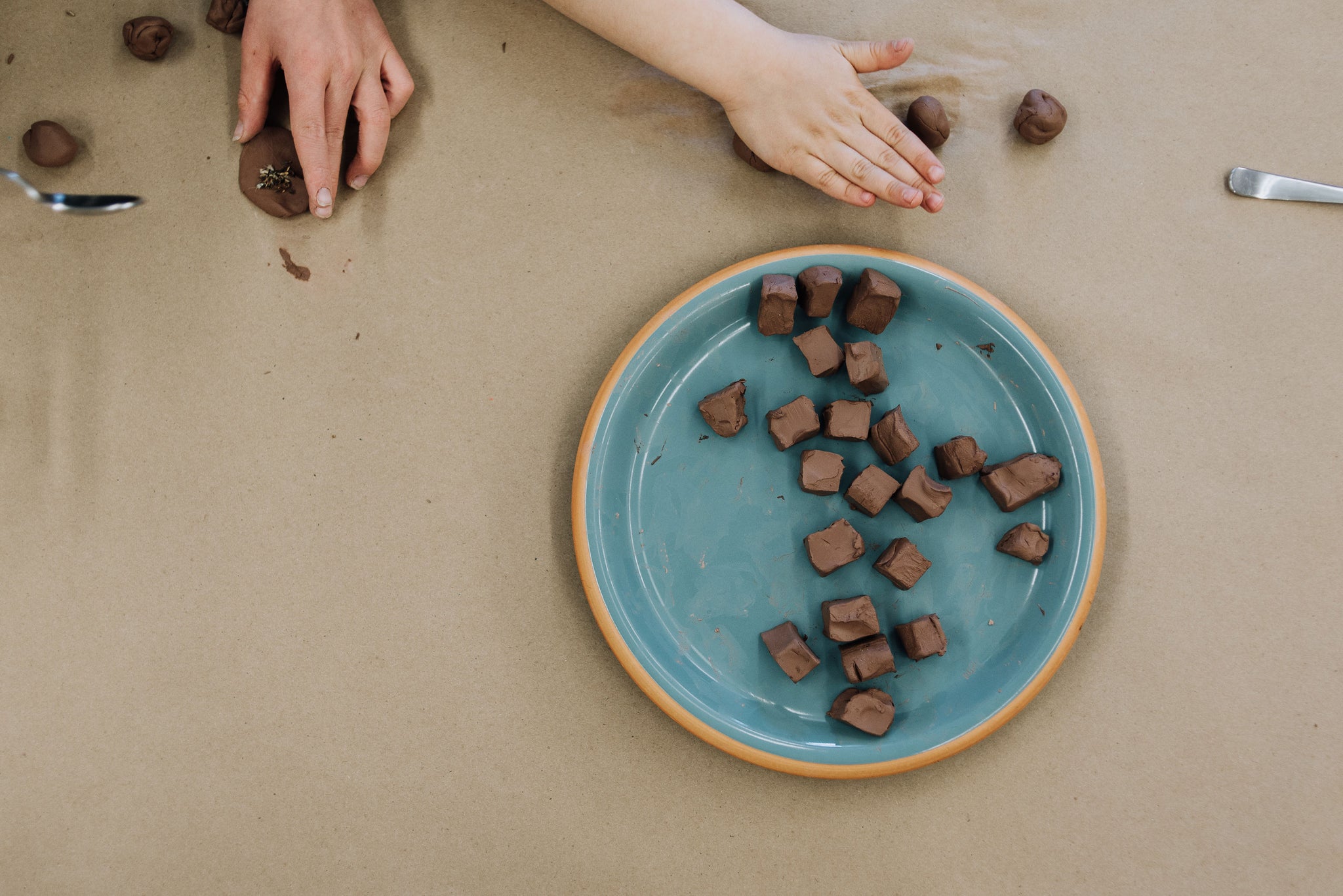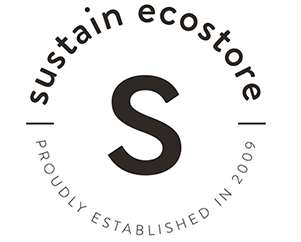Eco Kids—Make Seed Bombs!

This year to celebrate Earth Day we hosted a workshop for kids making seed bombs, followed by lunch and a litter clean-up—it was an upbeat, wonderful day, and the children loved making the seed bombs! This activity couldn't be easier to do with a little organizing obtaining materials, so we thought we would share it with you! The soft clay is wonderfully tactile and soft, a grounding and meditating activity for kids, it's not messy (a plus for parents), and depending on the seeds you choose it's a Earth-centered activity that can spur questions and further learning on seeds, how they grow, and different types of plants. For our workshop we chose a wildflower blend to provide food for pollinators, which is another avenue of further learning for children and parents alike.


materials.
- pure, moist clay (make sure there are no additives to leach into the ground or seeds, or that will prevent them from drying—we used natural potters clay sourced from a local potter)
- wildflower mix
A note about the seeds: make sure that the plants are native, non-invasive and appropriate for the area. We chose the Great Lakes Blend from West Coast Seeds.


to make the seed bombs.
- Place the clay on a cutting board and with a large knife cut the clay into small 1x1" cubes. Place on a platter and set on the table for the younger kids.
- Transfer seeds to a small bowl or cup with a small spoon appropriate for little hands.
- Flatten the cubes into patties—older kids enjoyed making little bowls instead, either will work, let them play and explore!
- Sprinkle a few seeds into the center of the clay patty—not too many, perhaps 10-15 seeds per, as it may end up in crowding once the seeds germinate.
- Being careful not to press too hard and crush the seeds inside (some flower seeds are more papery or longer in shape and could break) mold the patty into balls to form your seed bombs.
- Allow the clay to air dry until ready to disperse. If you make extra these make great gifts!




to disperse.
- Choose a day that is either lightly raining or that it will rain in the following day (too heavy a rain will wash the seeds away).
- Find a bare patch of soil or a place that could benefit from the addition of wildflowers in an appropriate (respectful of people's gardens or property) location to throw the seed bombs down. You want the seed bombs to lightly break apart.
- Once rained on, the clay will rehydrate, providing moisture and protection for the seeds to germinate before it washes away and the seeds can take root.
- Monitor the progress! Its fun for kids to keep checking on the seeds and make note of what happens, knowing that this is an experiment and the seeds may not grow at all if conditions are not right (this risk can be mitigated to some degree by choosing easy to grow, native varieties appropriate for your bio-region).
- Have fun!!
Photos by Danielle Taylor for Sustain.





